Setting up of the Space
The setting up of the space was quite time-consuming because of the large barrels. They were difficult to bring to the classroom, let alone brought to the staircase (but no regrets)! For the audio output, I decided to attach a few headphones to the base of the barrel so that it will project sound when you’re close enough to the barrel.
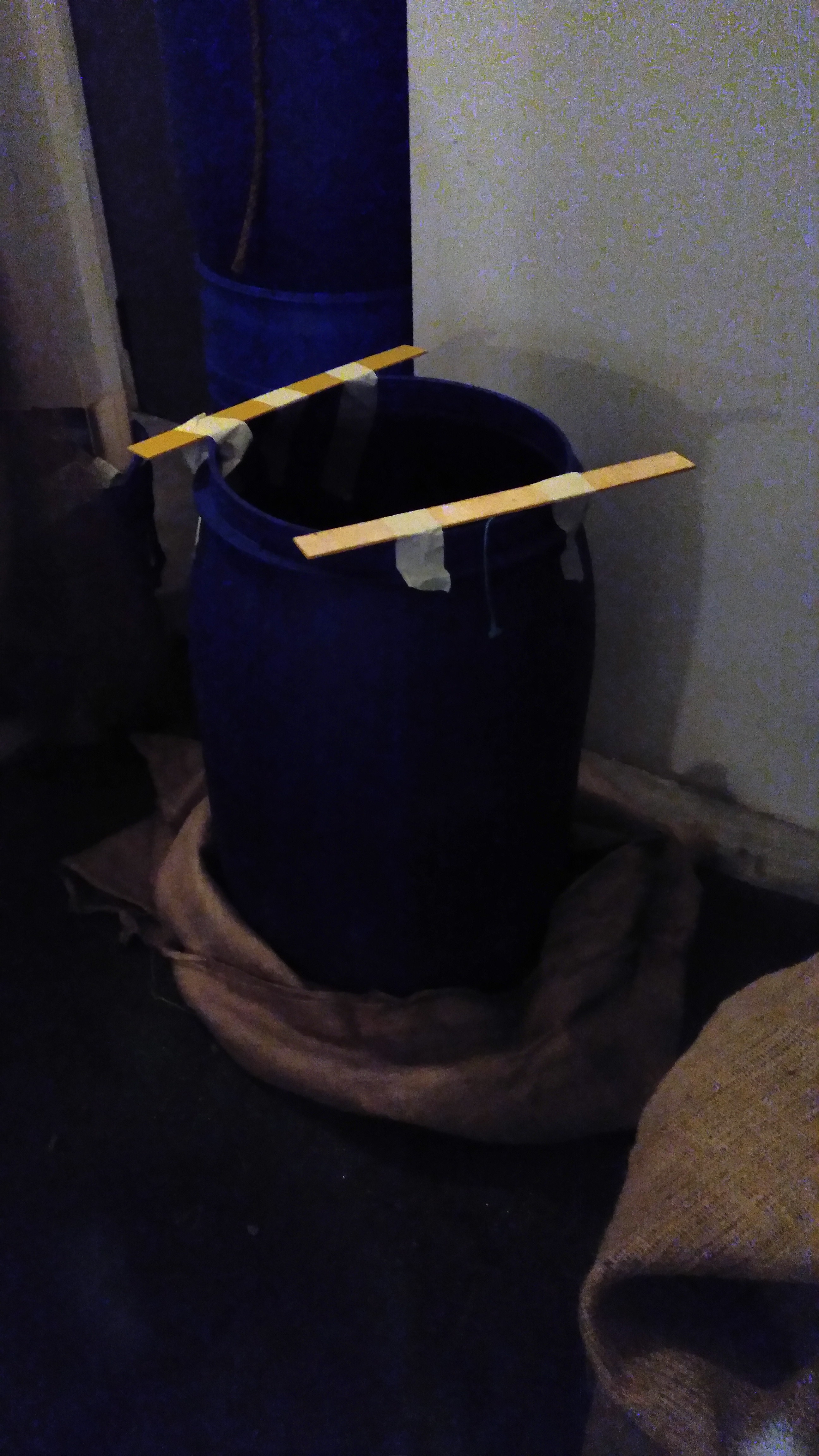
Attaching a piece of wood to the base of the barrel so that the wiring will not get interrupted.
Attaching audio output to base & flipping barrel over.
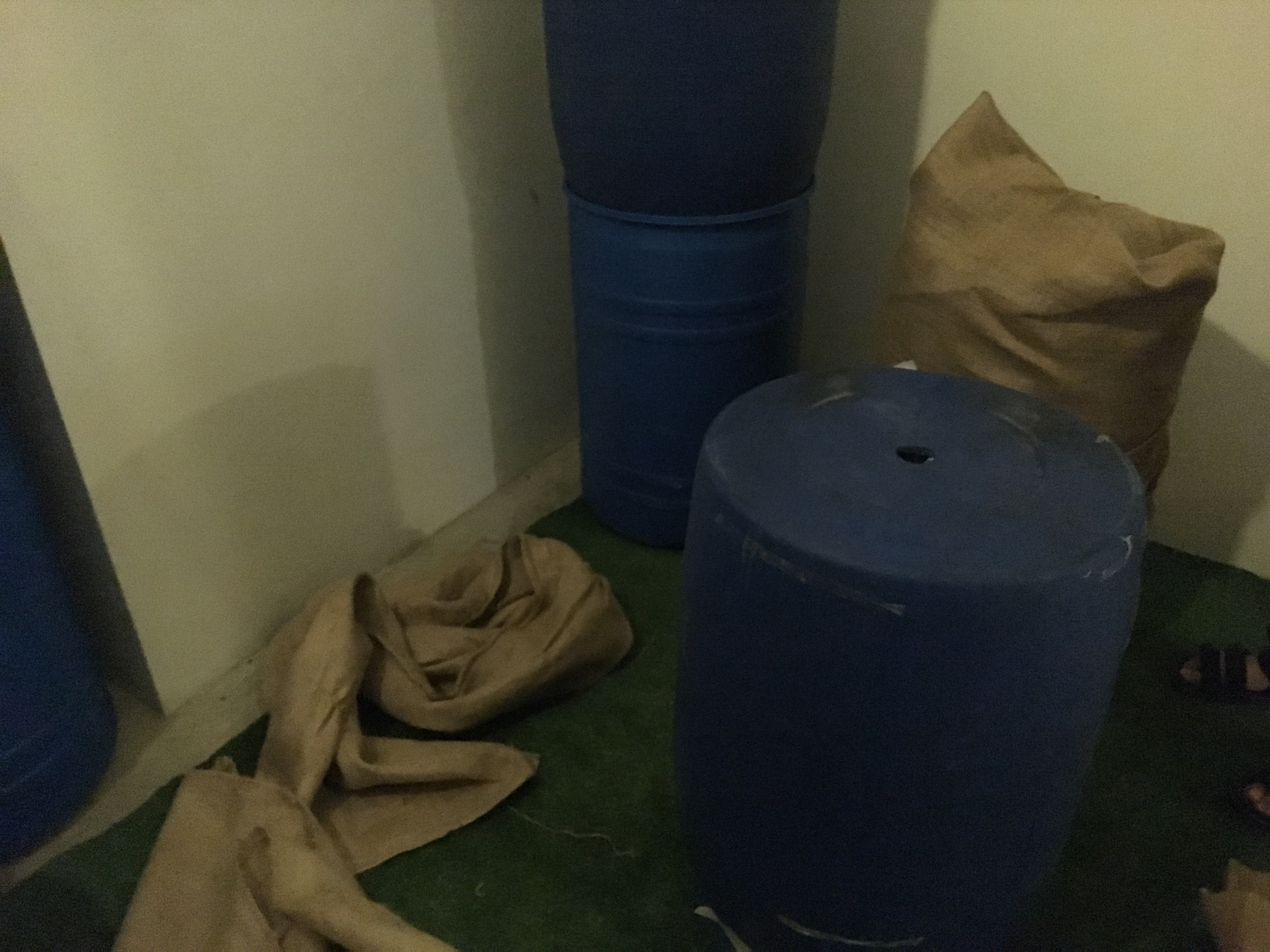
Barrel before wrapping up with gunny sack.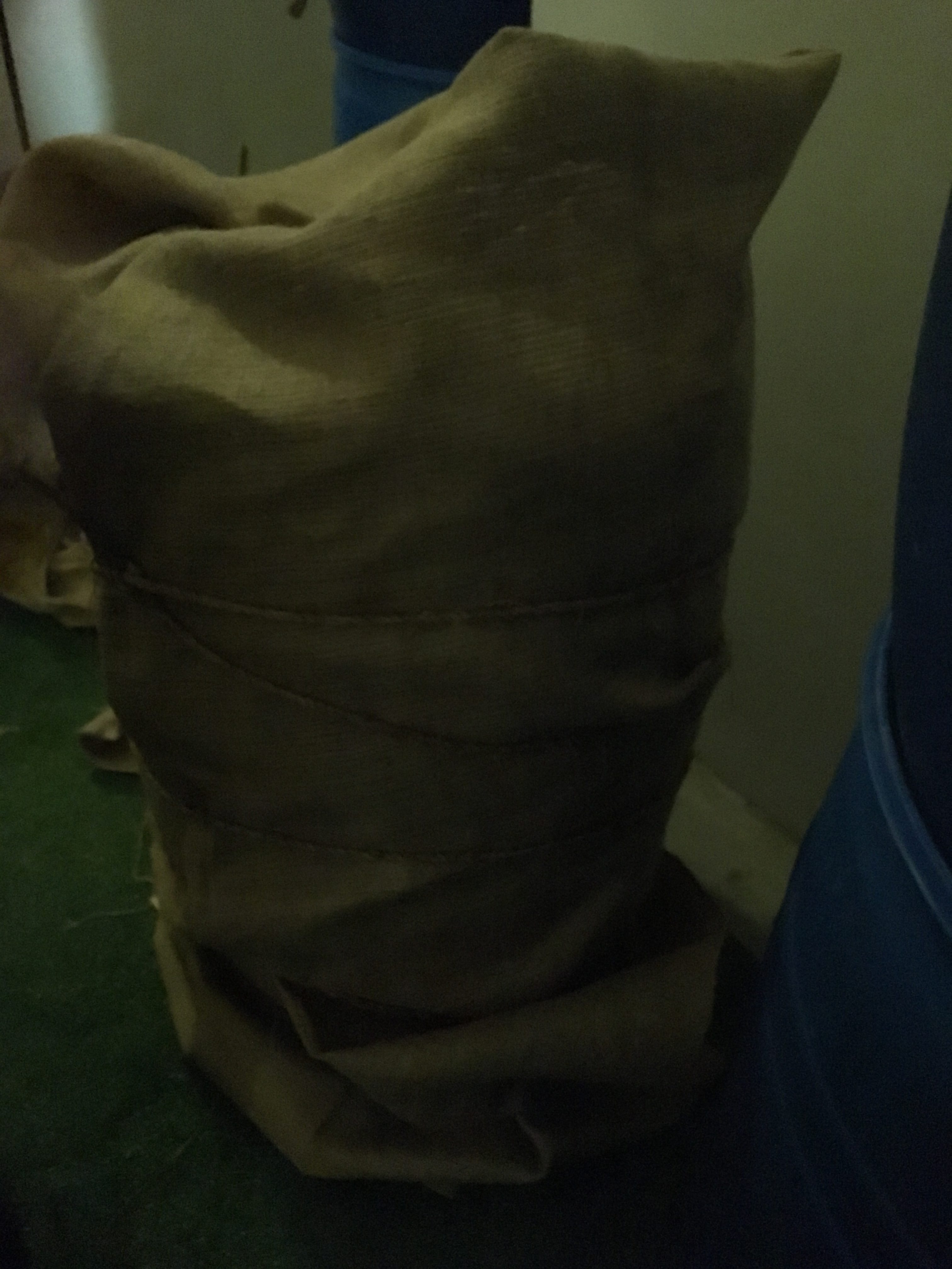
Wrapping the barrels up after attaching the audio devices.
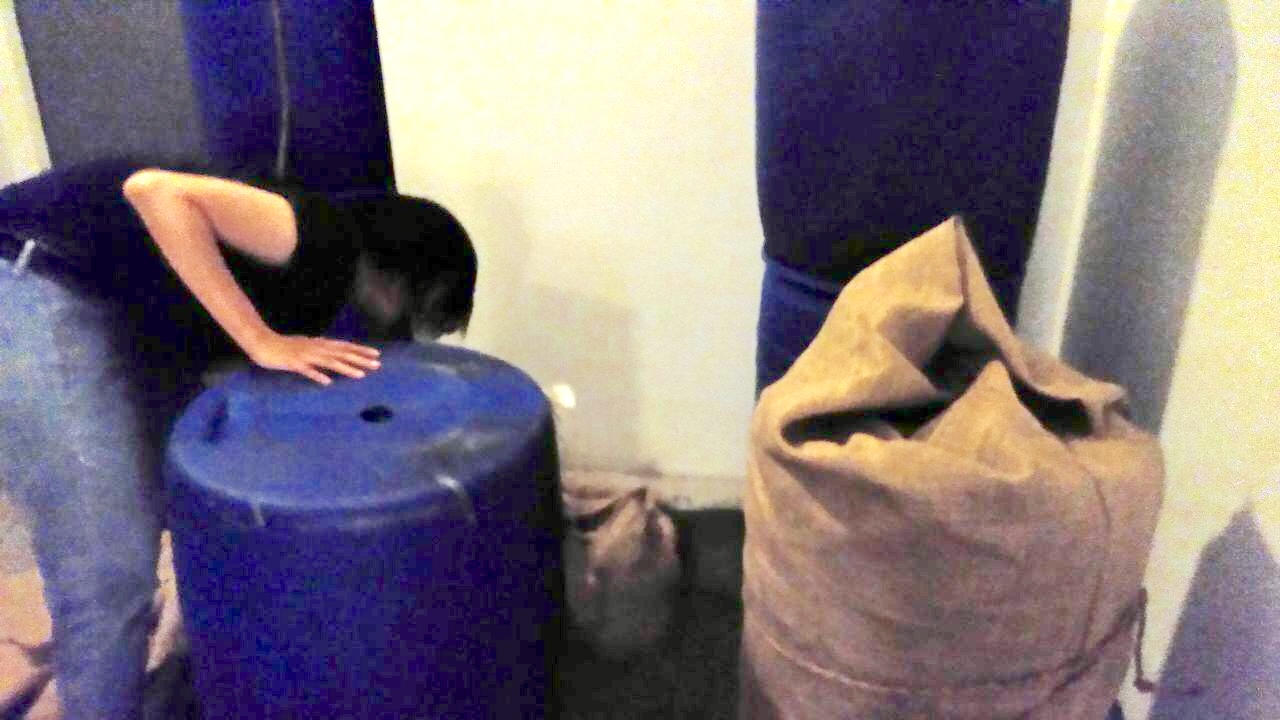
Arranging barrels in the space.
More process shots

Space after setting up
Chosen Space
The initial setup space was supposed to be on the second floor at the following space:  However, I was not able to get an approval thus I decided to change the location instead. The new location at the staircase was much more mysterious and I feel that it suits the concept better as it was supposed to be a place where you can eavesdrop to people’s conversations – something not so “legal”. Due to the nature of secrecy, I thought the staircase would be an interesting place to explore.
However, I was not able to get an approval thus I decided to change the location instead. The new location at the staircase was much more mysterious and I feel that it suits the concept better as it was supposed to be a place where you can eavesdrop to people’s conversations – something not so “legal”. Due to the nature of secrecy, I thought the staircase would be an interesting place to explore.
MAX Patch

Two patches because the audio files were too big and kept causing the software to crash.

List of recordings used
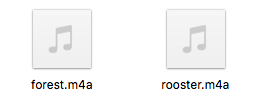
List of ambient sounds recorded
For the ambient sounds, I went to MacRitchie reservoir to record some of the insect sounds and also took recordings of roosters. These recordings were hard to collect as it required me to talk to several people and get near enough to other people to record what they were saying. I also recorded some of the conversations I had with my family as it was easiest to record.
Areas to Improve
My Arduino patch didn’t quite work out. It wasn’t communicating with MAX MSP the way I wanted it to.  I think the main problem was the sending of values, I think I am quite close to achieving the right code. In the end, due to the shortage of time, I decided I would just manually operate the patch instead.
I think the main problem was the sending of values, I think I am quite close to achieving the right code. In the end, due to the shortage of time, I decided I would just manually operate the patch instead.

Circuit used.
Final documentation of video.
Password: intspaces

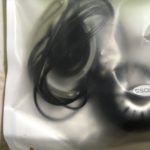
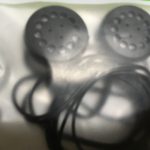
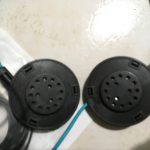
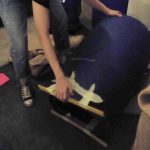
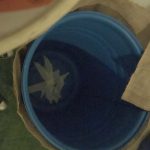
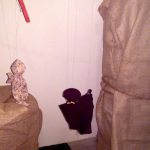
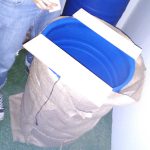
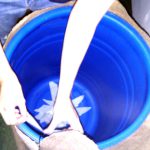
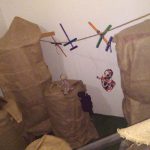






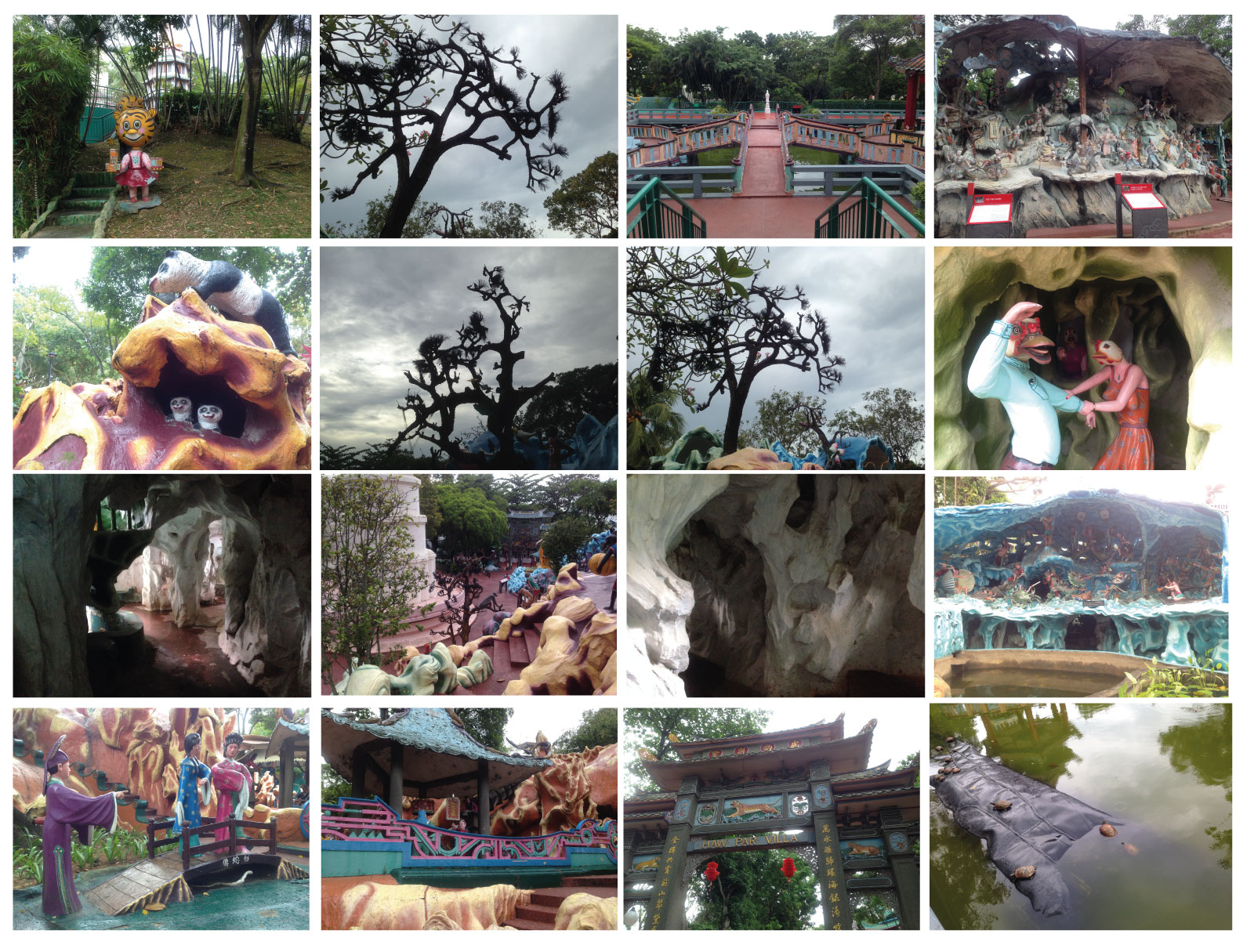































 I decided to create a rod puppet because it was the easiest out of other puppets. It is also easy for someone to operate it. Moving on, I hope to further develop this idea of an interactive puppetry space.
I decided to create a rod puppet because it was the easiest out of other puppets. It is also easy for someone to operate it. Moving on, I hope to further develop this idea of an interactive puppetry space.

















